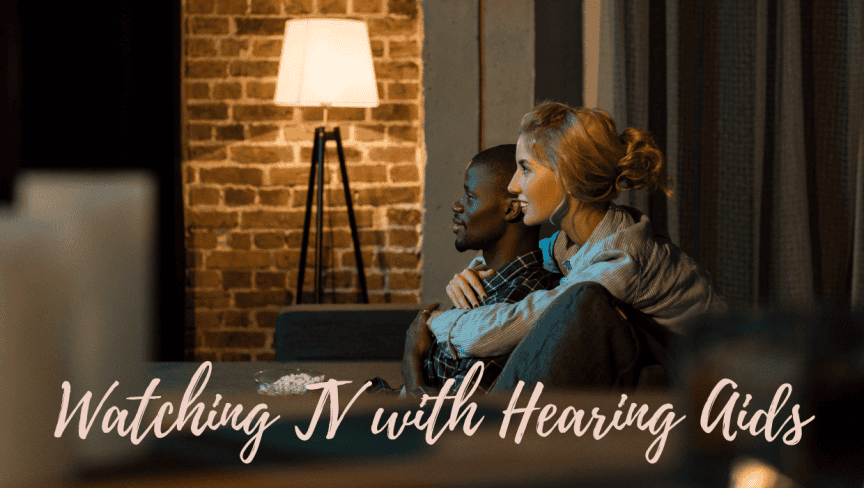- The Emotional Journey of Accepting Hearing Loss - October 25, 2024
- Making a Style Statement with Hearing Aids This Fall - October 15, 2024
- Fireplace Safety and Hearing aids - October 4, 2024
One sign of hearing loss is tension around the television. What was once a bonding time for your family to relax together, can quickly become a source of stress, as those with hearing loss bicker with other family members with healthy hearing over the volume.
When you admit that you have a hearing problem then you can seek help. Today there are so many tools to make watching television a stress free activity again. Here are a few tools and methods to make sure everyone is happy around the TV.
Hearing Aids for Watching TV
When you invest in hearing loss there are many benefits. Not only can you hear the people in your life but also television viewing becomes much easier. If you were previously turning up the TV and still struggling to hear then hearing aids will provide a welcome break for your ears and the ears of those around you.
When you turn up the TV to hear, it actually distorts the sound making it more difficult to hear. Hearing loss is often particular to certain tones or pitches. It’s different for everyone, which is why hearing aids are customized for your particular hearing loss. You can lower the volume on the TV when wearing your hearing aids and hear every word much more clearly. In addition, many hearing aids today have features that cancel out background noise, which can make it easier to focus on the TV in a busy room.
Bluetooth Technology
Many modern hearing aids now come equipped with Bluetooth technology. This allows you to pair your hearing aids with your television, providing TV audio streamed directly to your hearing aids. This eliminates background noise and delivers the pitches and tones you may be missing directly to your ear at a safe listening level. Often your hearing aids can be set to automatically pair with your TV for an easy and wireless listening experience.
Assistive Listening Devices
Sometimes hearing aids need a little boost to help you hear. If your hearing aids are not equipped with Bluetooth technology, assistive listening devices can connect from your TV to your hearing aids. This acts similarly to Bluetooth, transmitting sound from the TV to your ears wirelessly. There are many different types of Assistive listening devices including Neckloop streamers, wireless headphones, FM systems and hearing loops
Neckloops, streamers and Headphones
Neckloops, streamers and headphones act like a wireless middleman between your TV and audio processor. There is an audio transmitter that plugs into your TV and sends the sound wirelessly to your assistive listening device. This allows you to listen to TV at a listening level that is right for you. TV Headphones often allow multiple users to listen at different levels if there is more than one person with hearing issues.
FM Systems
FM systems are assistive listening devices that you can use to wirelessly connect with your TV via radio waves. An FM system has two parts: a transmitter, and a receiver. It will send sounds from your TV directly to your ears.
Closed Captioning
If you haven’t had a chance to invest in the latest technology one way to make sure the whole family can watch together is simply to turn on the closed captioning. Almost all TVs have an option to turn on closed captioning which displays dialogue and sound effects in text form. If you are having an issue with hearing and you don’t have an assistive listening device or Bluetooth hearing aids, this method can still bring friends and family together around the TV.
Schedule an appointment today
There is no need to struggle around the TV or in any other area of your life. If you are having a problem hearing the TV then this is a sign that you may be dealing with hearing loss. When you understand that hearing aids can help you with this and so much more, what excuse do you have for putting this off another day?
Schedule an appointment for a hearing test with us. We can help you to understand what exactly is going on with your hearing and help you find the best treatment so you can continue to participate in all the things you love to do. To learn about all the options available to you, schedule an appointment today.

